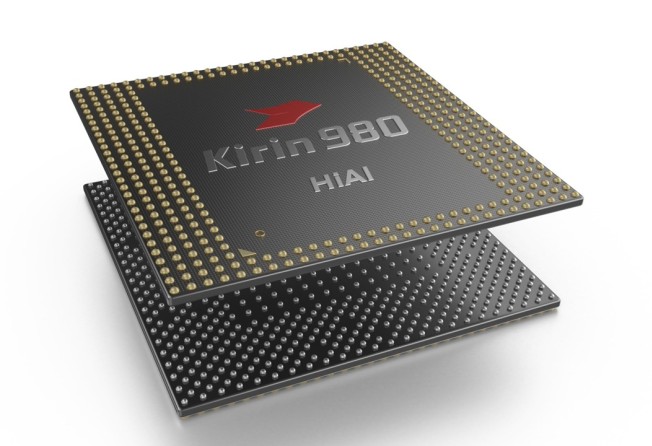How building their own chips is helping Huawei close in on Apple
Kirin 980 CPU expected to debut in the Huawei Mate 20

They’re the unseen heart of a smartphone, but not something talked about as often as say, the screen, or the battery. But at a time when smartphones are more similar than they’ve ever been, Huawei’s efforts to build its own CPUs might be starting to pay off.
In a research note published this week, reliable analyst Ming-Chi Kuo says the gap in user experience between Huawei’s handsets and Apple’s iPhones is narrowing, thanks to the Chinese giant’s latest Kirin 980 processor.
Print option is available for subscribers only.
SUBSCRIBE NOW